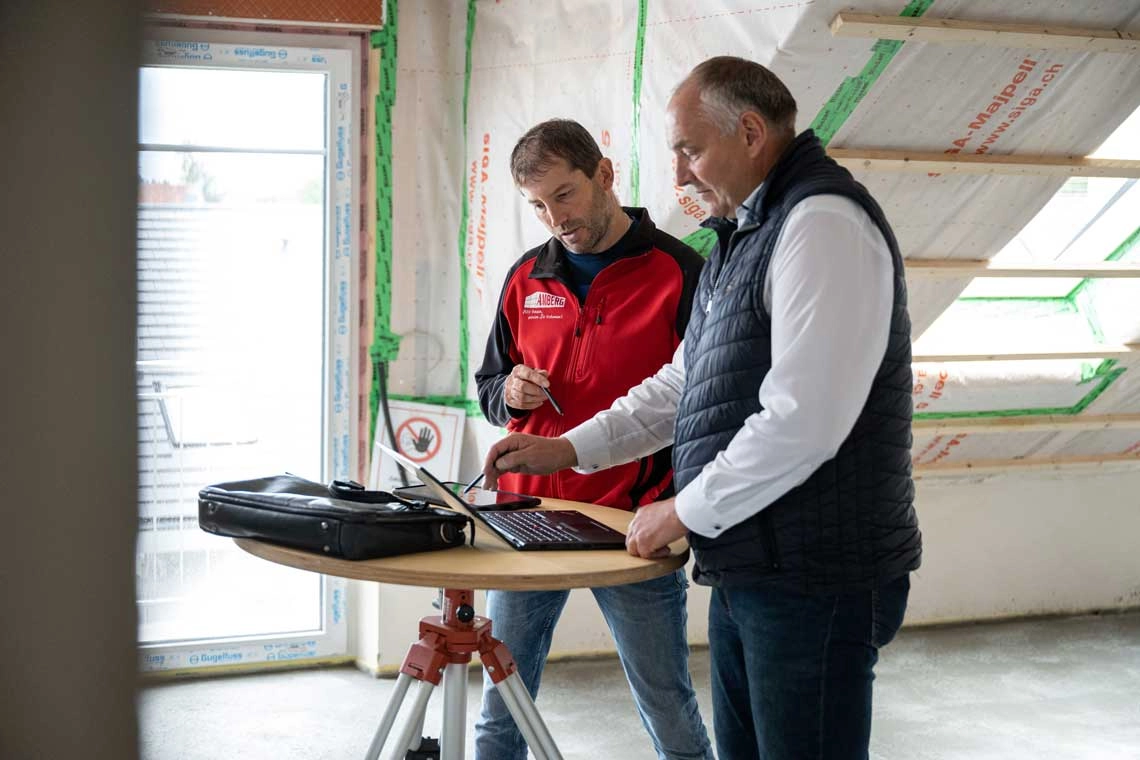
Deadlines, common mistakes and why digital defect management is a key to budget control and greater efficiency
No construction project is without defects – but to prevent construction defects from becoming a nightmare, efficient defect management is crucial for construction companies. It helps keep track of the location of your job sites, assists with cost management, and is even critical to the continued existence of many a construction company. Find out everything about the most common defects, errors in deadlines and tips for efficient digital defect management.
Construction defects are a vexed topic that causes ridicule and entertainment – as long as you are not affected yourself. For construction companies and owners, however, construction defects often entail protracted negotiations – and incalculable costs. While construction defects can never be completely ruled out, efficient digital defect management helps you keep a cool head and keep your costs under control.
What is a construction defect?
Basically, from a legal point of view, a structure has construction defects if it is
- does not comply with the specifications in the contract,
- is not functional or serviceable,
- does not comply with the generally accepted rules of technology.
According to the German Civil Code (BGB), a construction defect is thus a deviation from the contractually agreed condition of a building.
The 10 most common construction defects in one- and two-family houses
The Institute for Building Research e.V. together with the Bauherren-Schutzverband e.V. in a study has identified the ten most common construction defects in the construction of detached and semi-detached houses.
Accordingly, these construction defects occur particularly frequently:
- Basement waterproofing
- Air tightness level
- Sound bridges
- Screed moisture
- Ring anchor
- Underfloor heating
- External thermal insulation composite system
- Plinth waterproofing
- Drinking water hygiene
- Bath waterproofing
Tip: Here it is worthwhile to pay special attention to the preparation and to train employees intensively, since the above-mentioned deficiencies often lead to major damage to the building.
How contractors benefit from efficient construction defect management
According to the German Construction Contract Procedures (VOB), a construction defect also exists if the structure does not comply with the recognized rules of technology. Contractors must therefore be highly skilled and experienced and, in particular, familiar with the applicable requirements of the country.
IF CONSTRUCTION DEFECTS NEVERTHELESS OCCUR, IT IS IN THE INTEREST OF THE CLIENT AND THE CONSTRUCTION COMPANY THAT THE FRONTS DO NOT HARDEN.
Clarification of the situation and an agreement on the elimination of defects are important to ensure that the construction project is completed successfully and without a court date. This is because legal proceedings are costly and experience shows that they often take a very long time.
So managing construction defects efficiently and transparently is important so you can continue to sleep well and keep your construction company on safe legal ground.
What are “significant” construction defects?
One speaks of a “substantial construction defect” as distinct from a construction defect if the usability of the building or work is considerably impaired or if a work does not comply with the recognized rules of technology.
For example, a leaking roof is a material defect, while an improperly placed electrical outlet is a non-material defect.

When are construction defects time-barred? – The deadlines and widespread misconceptions
Under current construction law, a limitation period of five years applies to construction defects. Within this period, builders can claim the elimination of defects or compensation for damages from the contractor.
Time limits for fraudulently concealed construction defects
Different deadlines apply to fraudulently concealed construction defects. The law makes an exception with regard to the limitation periods if it turns out that construction defects have been fraudulently concealed.
The time limit for reporting fraudulently concealed construction defects is three years, but does not begin until the time when the builder becomes aware of the defect.
A defect shall be deemed to have been fraudulently concealed if the contractor knew about the defect but did not disclose it until the acceptance at the Construction handover but has not remedied it by the time of acceptance. If he conceals a defect known to him from the builder, one assumes fraudulent concealment. Malice also includes when contractors use materials that have not been adequately tested or when necessary inspections have not been performed.
There are numerous misconceptions about statutes of limitations:
Misconception 1: For a defect to be valid, damage must have occurred
This is a mistake and the defect may exist regardless of whether damage has (already) occurred. On the contrary, the prompt rectification of defects is also about averting damage.
Misconception 2: A claim for work compensation becomes time-barred after 5 years
This is also a mistake, because the claim for work compensation becomes time-barred within 3 years, calculated from December 31st of the year in which the final invoice is issued.
Error 3: A reminder letter suspends the statute of limitations
This is another error, because the reminder letter alone does not suspend the statute of limitations. Instead, a state (court) proceeding is required for inhibition.
Why construction companies should digitalize their construction documentation
Construction projects are complex and not always easy to keep track of due to the involvement of subcontractors. Construction companies would therefore do well to keep their Construction diary carefully and, when documenting defects, to use a powerful program that can documented defects with a photo to the corresponding project.
To an efficient defect managementalso includes smooth site communicationand a clean task managementso that the relevant people know exactly what they have to do at all times – and you always have an overview of the tasks in real time. With an efficient Deadline managementdefects can also be managed in the end.
Bottom line:
A professional defect management saves time, money and nerves – and is digitally much easier than you think.
Image credits: fuyu liu/Shutterstock.com; 123onsite/Timo Lutz Advertising Photography







